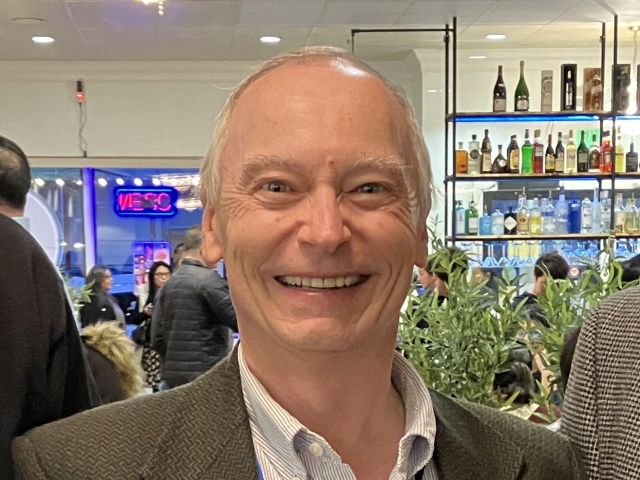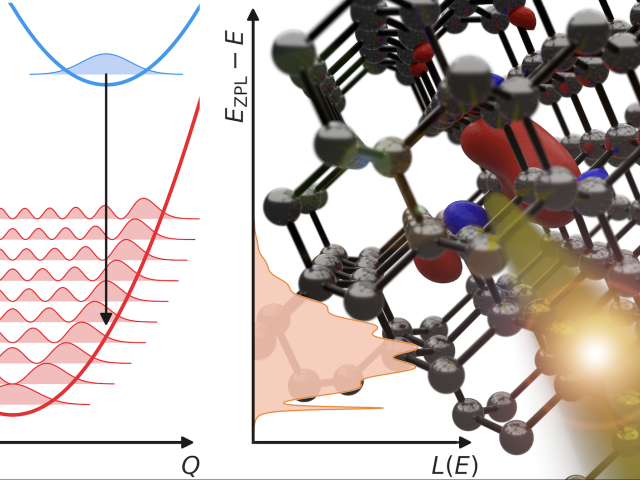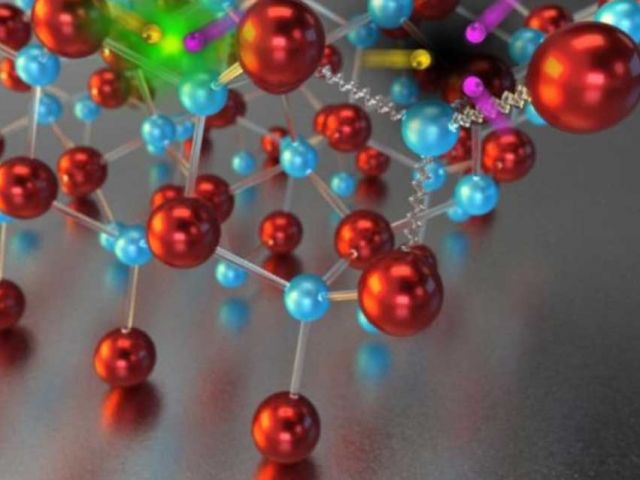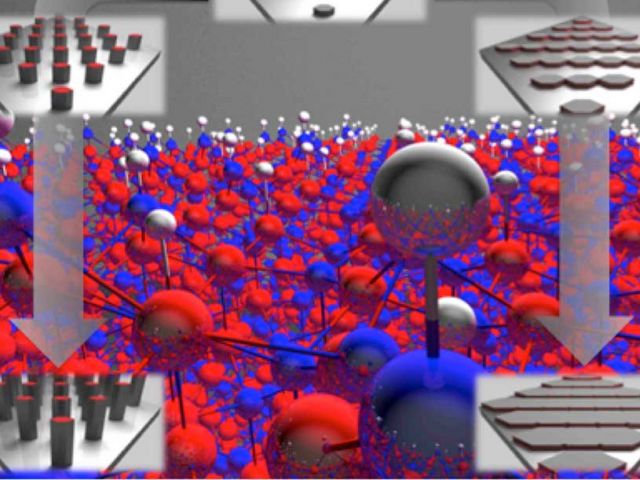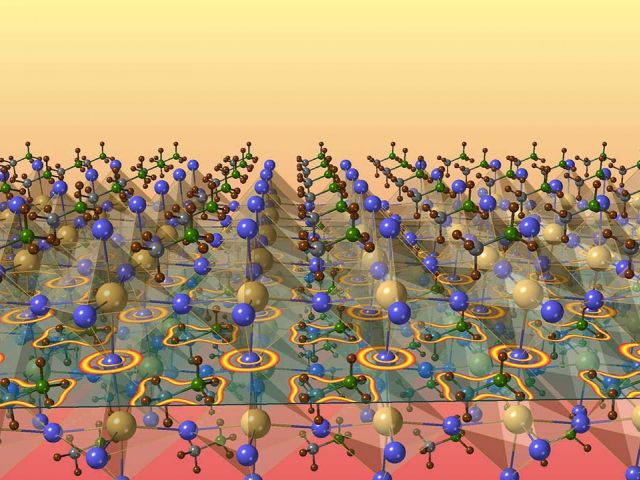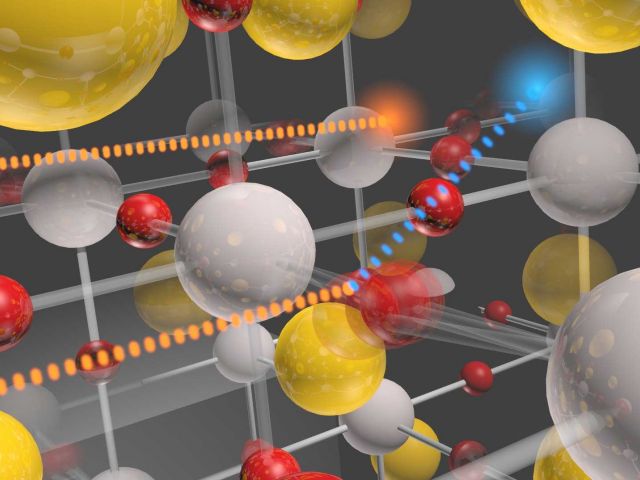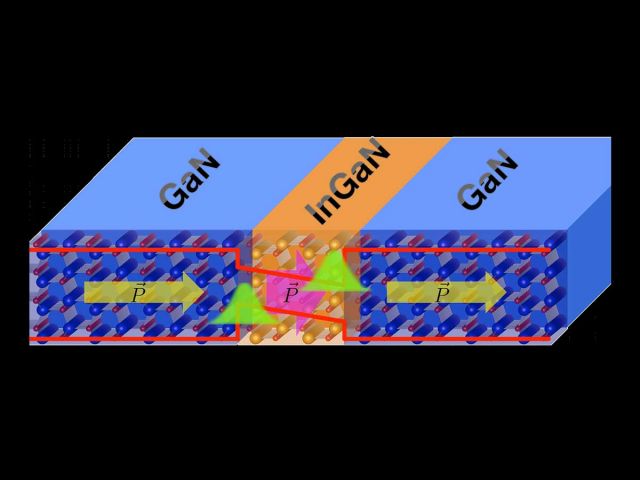Computational Materials Group
We use first-principles techniques to model structure and behavior of semiconductors, oxides, and quantum materials. Research topics include efficiency of light emitters, novel materials for electronics, and point defects for quantum information science. The group has strong links with the UCSB Quantum Foundry and the Solid State Lighting and Energy Electronics Center.
Computational research plays a key role in developing a fundamental understanding of the physics and chemistry of materials, in improving the properties of existing materials, and in the discovery of new materials. Most of our research is based on quantum-mechanical first-principles calculations, but we also use semi-empirical techniques to model certain aspects of materials or devices.
The Van de Walle group is part of a strong computational science and engineering cluster within the Materials Department, which also encompasses the Van der Ven, McMeeking, Dai, Beyerlein and Begley groups.
We value and strive to uphold the attributes of diversity, equity, inclusion, and accountability in our group's research culture.
Research
We are active in the following research areas (for details click on the images, or go to the 'Research' tab):

